Familiarity bred a repeat defeat for Malaysia in men’s doubles and the heavy lifting left for their ladies was too much to bear as the Olympic gold medallists’ casual dismissal of women’s doubles world #13 Hoo/Woon advanced Japan into semi-final contention for a consecutive and second time overall.
By Aaron Wong, Badzine Correspondent live in Gold Coast. Photos: Badmintonphoto (live)
Role reversal
In their ascension to world #1 in women’s doubles and the continuing evolution prolonging this tenure up to and beyond Rio Olympic gold, constant praise has been sung about Misaki Matsutomo’s aptitude at intercepting shuttles and Ayaka Takahashi’s intelligent targeting of smashes at the most awkward-to-return zones around an opponent’s body.
As if these weren’t plenty of god given talents already, today spectators were treated to the colours of Matsutomo’s effective casual rear cross-court drop shots that caught the Malaysians off guard. It was use of peripheral vision to spot the gap that flat-footed her world #13 opponents, rather than any trickery involved. Whenever there’s time, doubles players often survey the whole court before addressing an elevated shot from a standing position, whereas Misaki Matsutomo (pictured above left) continues the habit while on the move, perhaps it is a vestige of her short-lived elite junior singles career.
Equally, Ayaka Takahashi (pictured above right) showed brilliance and lack of hesitation in the reverse role for which she is best known. From invasions that started off level, she designed points from the forecourt all the way until the shuttle hit the ground.
Japanese defence was actually offense as Vivian Hoo’s smashes, produced while very much in position, were returned leaving her flat footed. The higher awareness exhibited by this Japanese pair suggests their reign could still be contemporary at the next Sudirman Cup in Nanning.
Familiarity
For the second time in two days, Malaysia lost its vital men’s doubles match when the same four personnel came to blows. It was the same plotline scripted over three games instead.
The opening point set the agenda. Can Malaysia get on the attack sooner than Japan can defend? It’s tricky because, trajectory-wise, the Japanese defence resembles their offensive and is used as a sequence of events that works like a sampled beat in a hip hop song, happening over and over. The Malaysians possess these same defensive skills, which are exhibited routinely and are incidental to their narrative.
Both pairs are willing to hit deep into court. Kamura and Sonoda characteristically love forcing play from the net area, sometimes finding themselves there at the same time. They closed off all options for their opponents with deep and flat pushes or drive shots intended to jam at the body. On the other hand, the Malaysians were unworried about lifting high but this was partly complicated by environmental factors.
In the second game, Goh’s smash was the only one that could cut through in a single strike when timed right. The Malaysians don’t rely on it absolutely but their best arrangement is Goh V Shem at the back with Tan Wee Kiong (pictured) hunting at the net. The Japanese are two of a kind by comparison, and sort of like two Tan’s in his favoured role.
Japan’s world #5 Takeshi Kamura / Keigo Sonoda (pictured above) are exceedingly good at starting at their optimum so any uninspired opponents or fluctuations in form are found out. Ultimately, in such a close match up where every athlete knew what to expect, the court conditions tipped slightly in favour of the Japanese. He isn’t afraid of the opponents’ smashes but Goh’s own lifts have to remain inside as he is strong and can hit long when under pressure. Tan’s typically sharper forecourt put-aways sometimes met the net when such opportunities were minimal.
As much as top players don’t excuse themselves and get on with the job, these small anomalies meant the Malaysian style had more adjustments to do on Court 1 on top of countering the consistent quality of their opponents. Making the most of the good side (facing into the high TV camera), unlike a night earlier, Malaysia managed to take the middle game 21-16 before bowing in three after a one-sided decider.
Quarter-final result: Japan 3, Malaysia 1
MD: Takeshi Kamura / Keigo Sonoda (JPN) beat Goh V Shem / Tan Wee Kiong (MAS) 21-17, 16-21, 21-11
WS: Nozomi Okuhara (JPN) beat Soniia Cheah (MAS) 21-11, 21-9 (pictured bottom)
MS: Kenta Nishimoto (JPN) lost to Lee Chong Wei (MAS) 15-21, 13-21
WD: Misaki Matsutomo / Ayaka Takahashi (JPN) beat Vivian Hoo / Woon Khe Wei (MAS) 21-7, 21-14
XD: Yuta Watanabe / Arisa Higashino (JPN) vs. Tan Kian Meng / Lai Pei Jing (MAS) [not played]
Click here for complete results from Friday’s quarter-finals
![SUDIRMAN CUP QF – We know the drill Familiarity bred a repeat defeat for Malaysia in men’s doubles and the heavy lifting left for their ladies was too much to bear as the Olympic gold medallists’ casual dismissal […]](http://www.badzine.net/wp-content/uploads/ngg_featured/20170526_1542_SudirmanCup2017_BPYN3658_rotator.jpg)
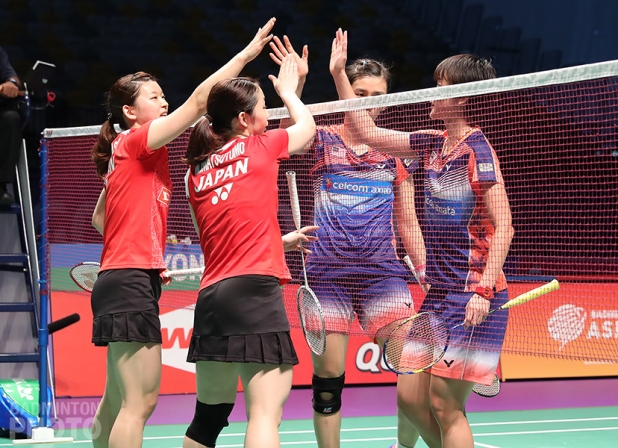
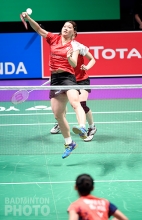
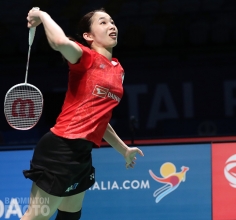
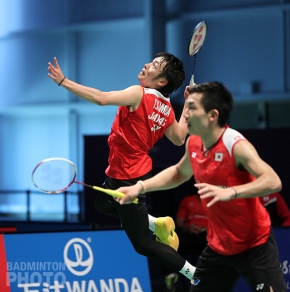
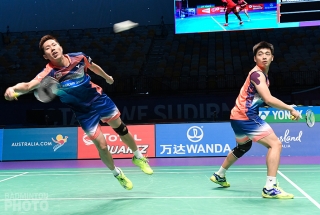
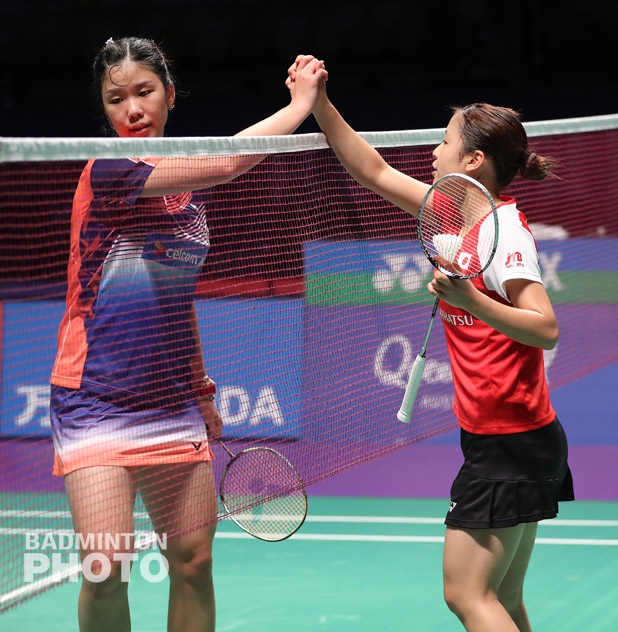



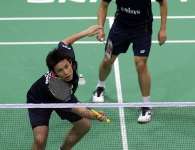
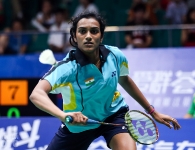
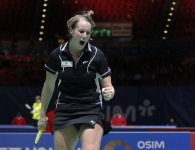
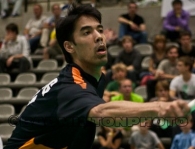
Leave a Reply